[A Labour of Love] The Public Team
Welcome to the last edition of A Labour of Love: 10 Years of Creativity, Community, and Care!
It’s been an incredible year of celebrating some of the many wonderful people we have worked with over the past decade. We wanted to take the time to have these conversations, because it’s the relationships we have created together that sustain our work. To wrap up this special series, we wanted to share our own experiences with you about how we’ve been impacted by our projects and being part of The Public. We feel so deeply grateful for everyone who has grown and continues to grow with us and we can’t wait to see what the next ten years will bring!
How have you grown creatively at The Public?
LJ: I had been an admirer of The Public’s work for a long time; I wanted to do design work that was really meaningful and I saw that being done at The Public. After I started here, I came to realize how much of that is an intuitive process, to create meaningful work not for people, but with people. Co-creating with folks or doing meaningful design processes is challenging, as it should be, because you’re digging deeper, and they take longer. It takes longer to sit down and develop or highlight a shared understanding of work and then decide on what outcomes make sense, but I think that it always pays off and produces things that are more impactful. Through the projects I’ve done, I’ve learned that it’s really about facilitating a process where we can tune into our instincts with clients and connect over our shared values and issues we’re engaging with. I’ve really been able to grow in my confidence and ability to lead and be part of those processes and trusting in my own instincts.
Sheila: When The Public was starting, the idea was to bring better design to communities and spaces while honoring the work that they’re doing. It was really affirmative work, but it wasn’t critical, and as I worked as a designer in different communities, my understanding of the practice and its role changed. I realized that those initial intentions contributed to inequitable power structures, and an erasure of the creativity that fuels all types of activist work.
I realized that design is actually a way of thinking and imagining, and activist communities, communities of color, queer and trans communities already have that capacity for radical imagination. Our role is to design processes that validate that, and to connect it to an aesthetic or tangible designed product. In this work, there is no such thing as a “non-designer.” Creatively, my growth has come from that realization that when I’m able to approach projects from a place of humility, clients become collaborators, and I can learn from the knowledge, way of knowing, way of being, and commitment to an alternative future that they bring to every project.
We know that when we make something, it should be beautiful, but the process and meaning matter more. It’s so much more than what you can see. It’s what you feel, and what you do, who you do that with, and how you hold them through that process. Letting go of design a little has allowed for a different kind of creativity in terms of expansiveness. A graphic design firm doesn’t just have to do graphic design; we can do education, emotional labour—sometimes people tell us “this brief has felt like a therapy session!”—it’s like we can do all sorts of things that are still creative work, and this has almost taken me away from how we talk about creativity in design spaces, and has allowed us to think of relationships, feelings, and imagination as art.
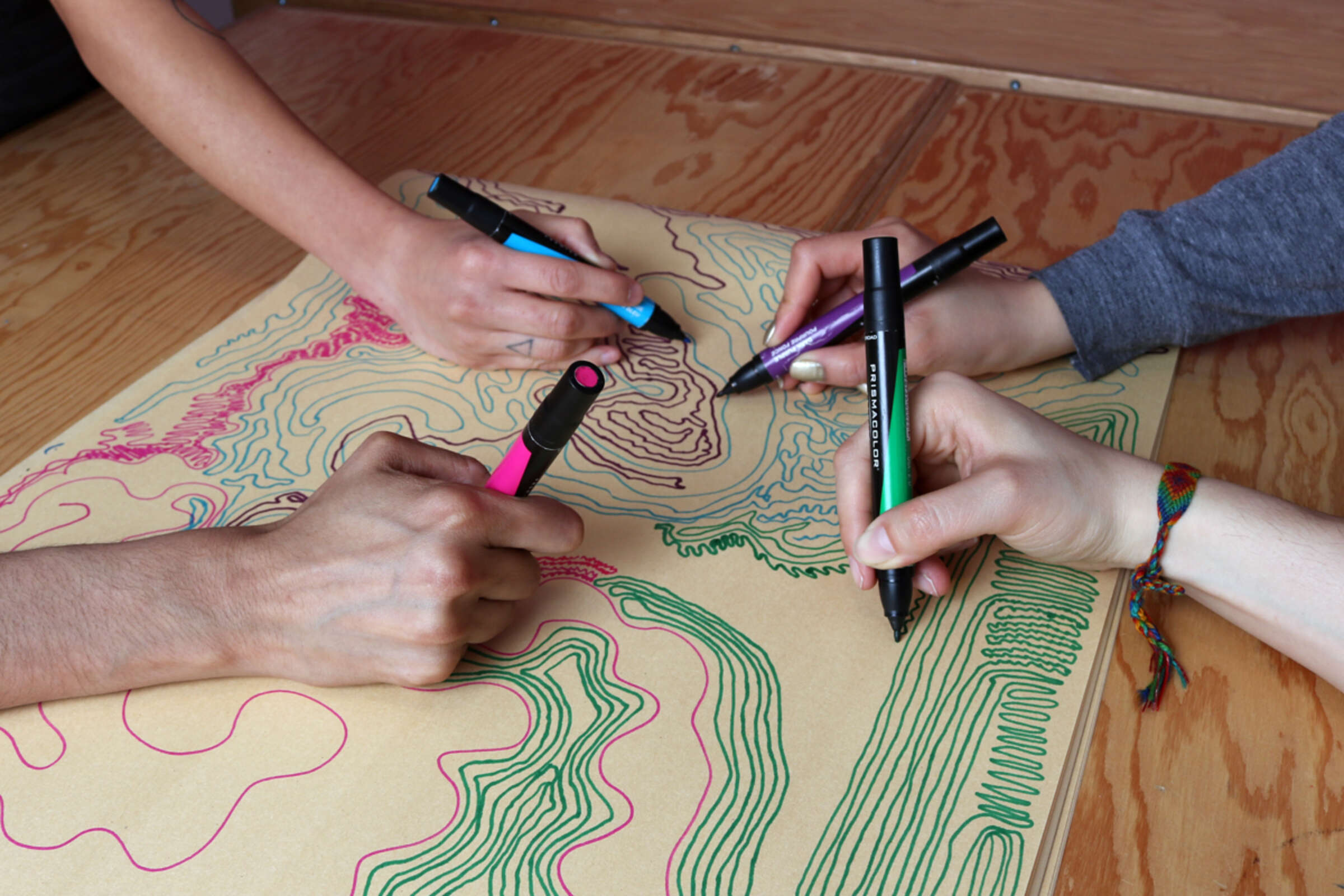
Jenny: I remember The Public impacting me creatively even before I worked here. When I was first organizing with the Radical Design School six years ago, Nat often showed leadership in our conversations around co-creation and design. They would share insights on process, collaborative ideation, and creative problem-solving, and I was actually learning from the language and knowledge they gained at The Public.
When I think about my own creative growth since I began at The Public, my mind goes to collaborative design and co-creation, and being able to facilitate and engage in those processes without the typical underpinnings of the “designer” and “non-designer client” relationship. Right now I’m working on a project with the Ward Museum and we’ve been working through a collaborative web design process with their team of youth curators. For one, the sort of idea generation that comes out of working together is fantastic. But the generosity and commitment we show to one another in working towards common goals and with shared values, that’s rare to find in typical hierarchical “designer to client” work. I’ve worked with youth in an educational capacity and I’ve worked with other artists in collective projects, but this is the first time I’m getting the chance to combine these experiences. The result is really humanizing; we create together.
Anabel: From my perspective as the studio manager, I think the way that we run The Public has allowed me to step into a way of planning and working that has to be fluid, responsive, and adaptive, which to me are core tenets of creativity. It’s definitely a challenge to work somewhere that isn’t a conventional business, because we’re having to create our own systems of running things sustainably, but at the same time it’s exciting, because there’s so much possibility generated in moments when we’re figuring out seemingly mundane things, like space bookings, social media updates, or meetings. We’re constantly adjusting to what we’re sensing is feeling limiting or freeing and that’s such a cool way of practicing being engaged in this iterative way of world-making. Re-imagining new ways of being and doing things is what we’re all striving toward, so the studio management I’m doing here becomes a microcosmic practice of what we want to see in the world at large.
Nat: When I first heard about The Public, I was in my third year at OCAD. I was such a little baby, but at the time I was really jaded about the way that intersectionality, feminist politics, and anti-oppressive politics weren’t really incorporated into the curriculum. We were being taught that you have to conform to a set hierarchy and industry, but I was more interested in combining my politics with my design work. At The Public, we actively engage with social justice issues, and we intentionally choose who we want to work with, which is a huge departure from what I was taught in design school.
Our relationships in the workplace have also helped me grow creatively. I used to assume you don’t really have deep relationships with the people you work with, but I feel that we’ve really created a space here where it’s not like that. We’re all friends and we just really enjoy coming here and creating work together. Sheila has been a really amazing mentor in terms of figuring out design related stuff with clients and relationship based stuff as friends in a multitude of ways. I’m really grateful that I’ve been able to grow with her, and the many people who have come through The Public who we’ve been able to build this with.
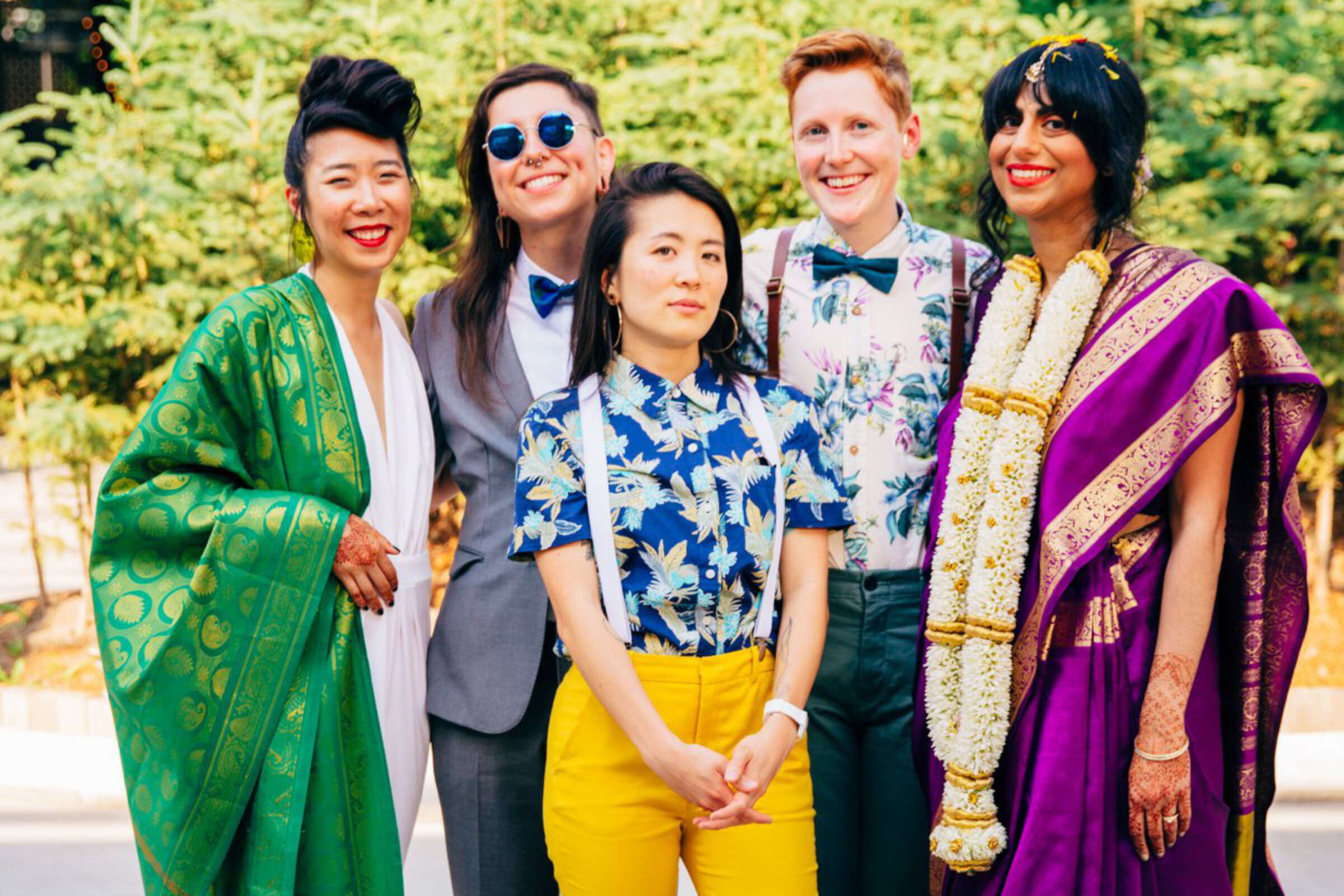
How would you describe the role of care at The Public?
LJ: As a workplace, I see the studio itself as a center of care, a small intimate space where we all make sure, or really try to check in with each other, and make sure that we’re well while we’re doing this work. The behind-the-scenes stuff that we do, like checking out of the work day on time, taking breaks, sharing the labour, and working in a non-hierarchical way are all ways that we practice care with each other. We also don’t divide the work like a traditional studio, so everything we do is about building everyone’s capacity to take on different aspects of the work.
In terms of the role of care in our design process and with our collaborations, we build with folks and make sure we’re on the same page throughout the process. That’s really surprising and refreshing to some people who are used to a more transactional or even adversarial relationship with designers. Like our studio slogan says, “we’re on your side,” and I think that gets lost sometimes in other processes. So that’s how we end up in LTRs with a lot of clients who love working with us and love collaborating from an early creative stage through to the end.
Sheila: Our wellbeing and the wellbeing of the people we love and care about is very intrinsically tied to our labour, and we also have to keep in mind what we’re working towards. So if we’re working towards a radical future of liberation, we also have to act in ways that are consistent with that dream. To me that future looks quite beautiful, quite utopian. It’s a future of kindness and compassion. If we’re trying to negate the harm and violence of this world, we have to do it with care. And actually the “how” isn’t that complex, people do know how, it’s actually very innate to care for each other. We unlearn care through capitalism, we learn that a deadline is more important than our mental health, that getting ahead of someone is more important than making sure that when you move forward they’re standing next to you. Care is re-learning to interact intuitively with the world around us.
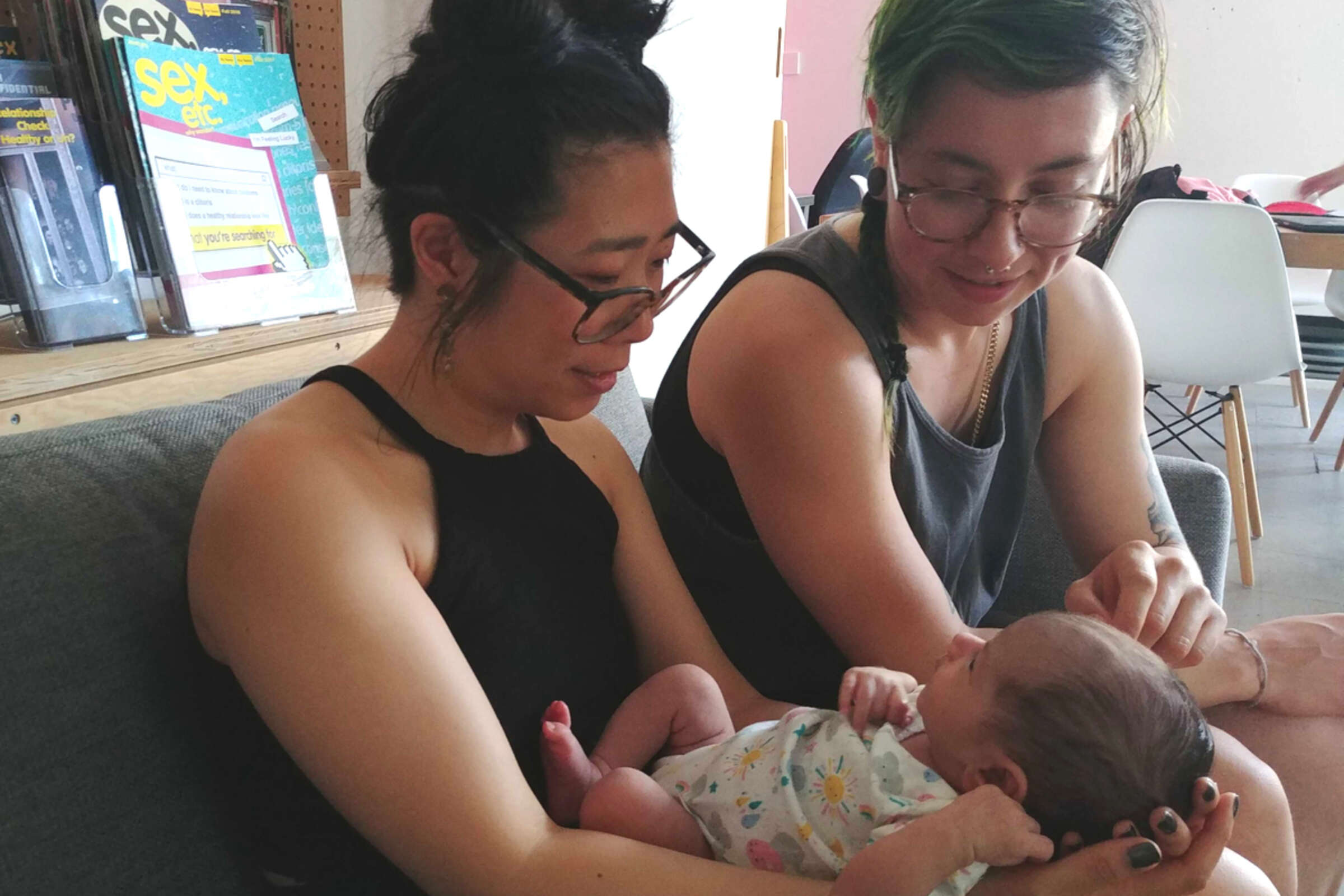
You can write whatever procedure you want but ultimately everything is contextual, because that’s what it means to run something from a place of care, it’s actually deeply intuitive. When procedure, policy, or process dictates how you run something, I think that you can lose the intuition, of like, “are you ok? I’m getting a weird vibe from you, are you actually ok to go the Step 2?” or, “should we reimagine that?” When we’re able to see something in front of us and respond to those conditions, that is creativity—and it’s also care. They’re the same word almost in that moment, and I can’t imagine not doing things this way.
Jenny: At the core of The Public Studio is heart. It is an ethic of care. This is one of the biggest teachings that I’ve come away with from being with The Public, and it’s something that I feel sets our studio apart from others. When I come to work, I know I’ve got a team of people who care for me, and I trust us to approach any issues that arise with that care, even if there are serious challenges. We negotiate workload, take on new work, and problem-solve with care. We try to imbue that same care into the work that we do and at every stage. Even at quoting, for example, when we want to talk about the accessibility of our rates and the viability of our own work too.
When it comes to design, I think where the care most clearly resonates for me is a matter of asking who the design is for and how it can do good, rather than harm. I might ask myself: “Is it an idea that relies on modes of thinking and ideas that are colonial? Is this a palette that reinforces gender binaries? How can we ensure that we aren’t invisibilizing different types of ability in our illustrations? Do we really need to “design” this?” I think design is challenged by the fact that it is kind of inherently embedded in capitalist production—something opposed to care. I think one of the ways we try to counter that is by co-creating and collaborative design, and then also sharing design skills with non-designers so they can design themselves.
Anabel: The way I see care practiced at The Public is in the permission we give ourselves to be fully alive as much as possible while working in our own structured way. We get so much done, and yet we always find time to ask each other how we’re doing and no matter how many depressing facets of the world show up, we always end up laughing about something in the day. I have always been so drawn to the joyful energy of The Public. I feel so grateful to now be part of fostering a space where celebration and pleasure is as much of a priority as meeting a deadline. I feel like every time we do this, we get to practice really being present with our bodies, spirits, and emotions, which in turn allows us to be better attuned to the clients and community we collaborate and work with.
Nat: Since starting here as an intern in 2011, I’ve learned a lot about how design isn’t just “work” that we do, it’s about caring about your community. I feel like we foster this really amazing way of working with folks, and in terms of my creative process, it’s made me rethink and shift the way that I want to do work and how I always want to care about my work.
Lately there’s been a lot of design studios that do pro-bono or liberal work, but there’s no care. They’re not invested in the communities they’re designing for, and we are. We find ways to create those relationships, whether it’s doing co-creation or through the DIY zines that we make. We don’t want to be gatekeepers. For me, my perfect world would be one where everyone could do what we do.
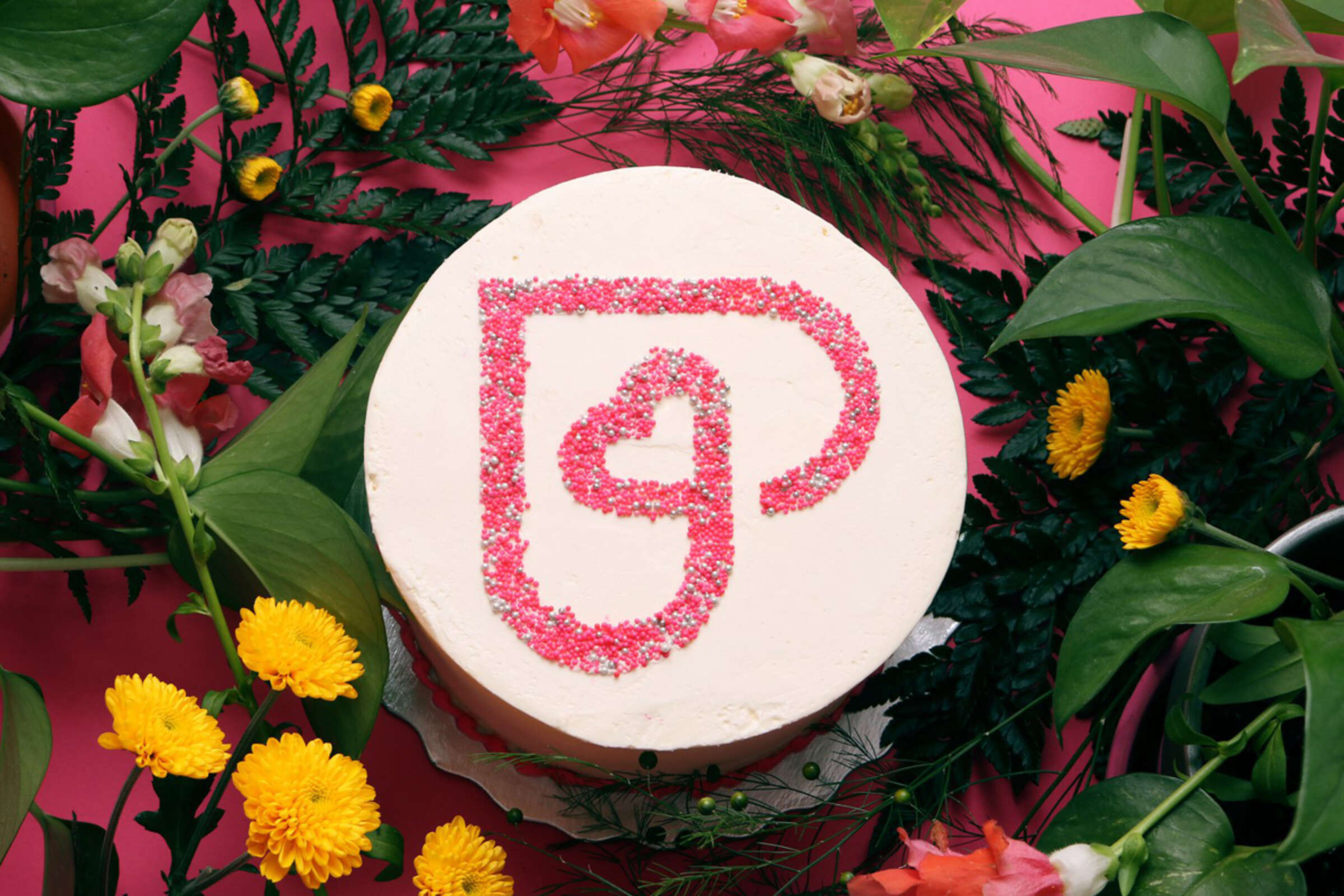
What are your dreams for the future of The Public?
LJ: We already do so many kinds of design, from overall process design, to doing videos, to web content, to toolkits, and popular education workshops; I’m just excited for us to continue to do those things and expand the scope of what we can do with folks. We have this gallery, which is really exciting, and I love the physical large-scale exhibition possibilities. I think that we have this beautiful growing space and connection to this neighbourhood and this community to do more popular education workshops that build design capacity—whether it’s helping people build their own websites, or building communication skills and the confidence to feel like they don’t need to hire someone to do something they can really make for themselves. Also we obviously need to have a studio band and more plants!
Sheila: I think that my dreams for The Public are tied to my dreams for the world. Whatever condition we’re in at the moment has to change. I think for me with The Public, we’re working towards that change in the ways that we know how. We’re working for that in some ways in terms of our relationships, and we’re working on political projects around issues like trans inclusion and equitable healthcare for example, but I want us to not have to do that work one day because we will have achieved those things collectively and broadly. So my dream is to not have to do this work, to not have wage labour. That’s the long term dream.
As for the short-medium term stuff, I don’t know that it’s fully articulated for me. I don’t know how to answer that question individually when the answer is always collective. I don’t just mean “collective” among those of us who work here, but “collective” in this more community-oriented sense. I think The Public is really made up of a lot of people, like the people who ask us for things we don’t yet know we can do, people who give us these amazing opportunities, and people who take risks with us and allow us to think about our work in different ways. I don’t know that I have a really specific dream for us, other than just to continue that responsiveness and to continue to do it with care.
Jenny: The Public’s storefront gallery is a dream. To be able to invite community members to create and showcase, it’s pretty dreamy. There are so many people jumping off the bus in front of the gallery window, some people who are transient to Parkdale, others who are neighbours. It’s an opportunity for dialogue and it really invites a multitude of people into the studio.
Being in Parkdale, an area that is home to a diversity of people and at the same time being severely threatened by gentrification, I feel that need is especially urgent. Design studios and galleries, whether intentionally or not, have been complicit in gentrification—and I think really emphasizing community and accessibility has been one of the ways which we can counter those ill effects and create spaces that actively fight those forces.
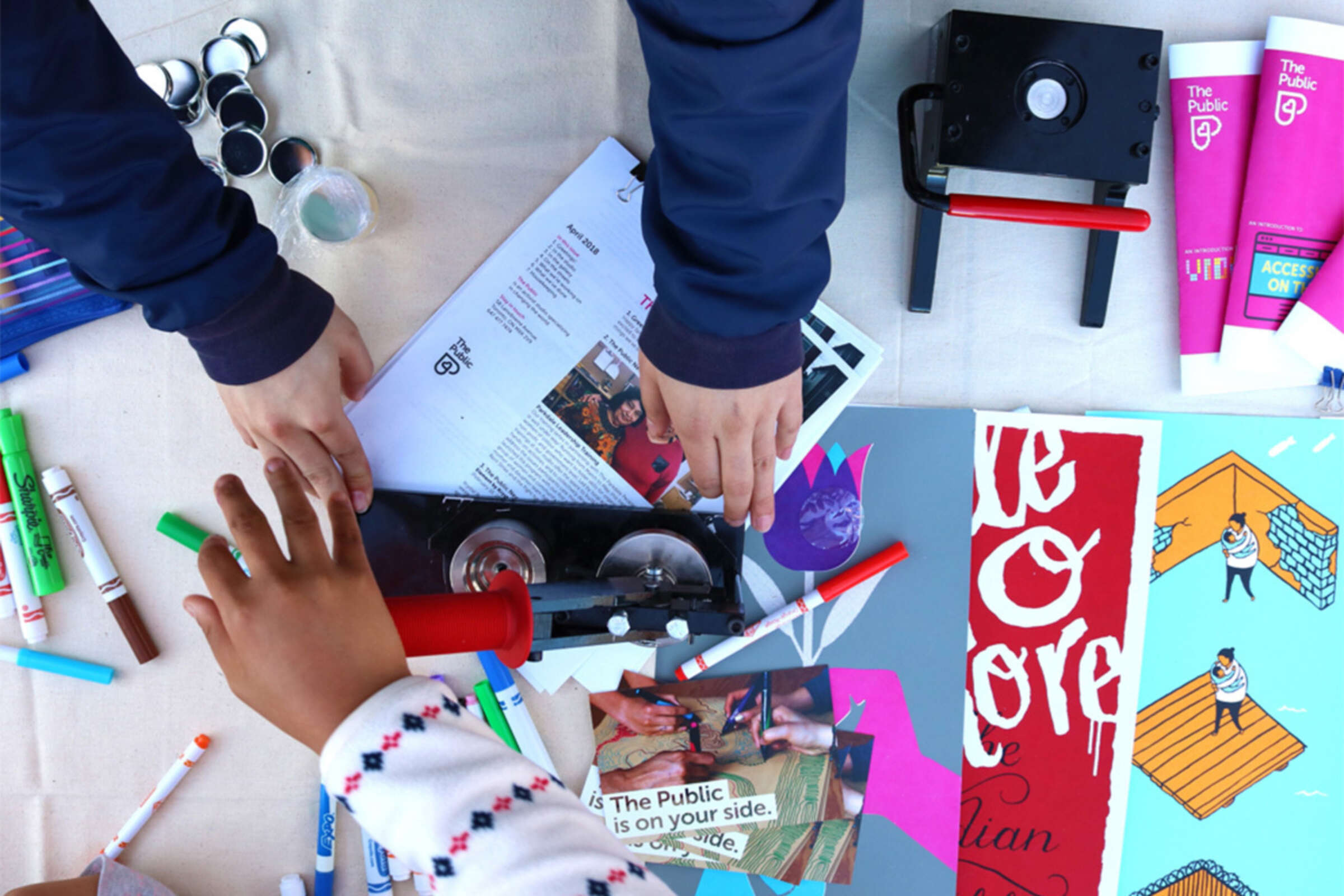
Anabel: Echoing what everyone else has mentioned, I also think it would be amazing to keep growing our relationships in the neighbourhood. I want the creativity and care that we grow here to be accessible to more people. I dream that we continue to grow the capacity to build and supportive resources like the harm reduction and peer counselling initiatives being created out of our training workshop series we run with PARC. It would also be great to bring together different people we know together more often so they can cross-pollinate ideas and resources to create more relationships that are generative, healing, and redefine how we engage with creating social change together.
Nat: I’m really grateful that we’ve been able to be around for as long as we have and that’s because we have these caring relationships and a community of clients and collaborators, but also the Ford cuts have impacted a lot of our clients and community, and living in this city can be really hard. I want us to keep supporting Parkdale and be part of the community as a radical and beautiful space that can be used by more folks, like more popular education workshops, and more ways for us to connect with other designers who are maybe in the same spot as I was when I was younger so we can support more people to do what we’re doing.
For the longest time we’ve been trying to answer the question “What is The Public?” and it’s really hard to name it, because we expand the meaning of design. We just do so much more than design; we’ve pushed it in so many different ways, and I’m excited to continue to expand the possibilities of what we can do together!
Date
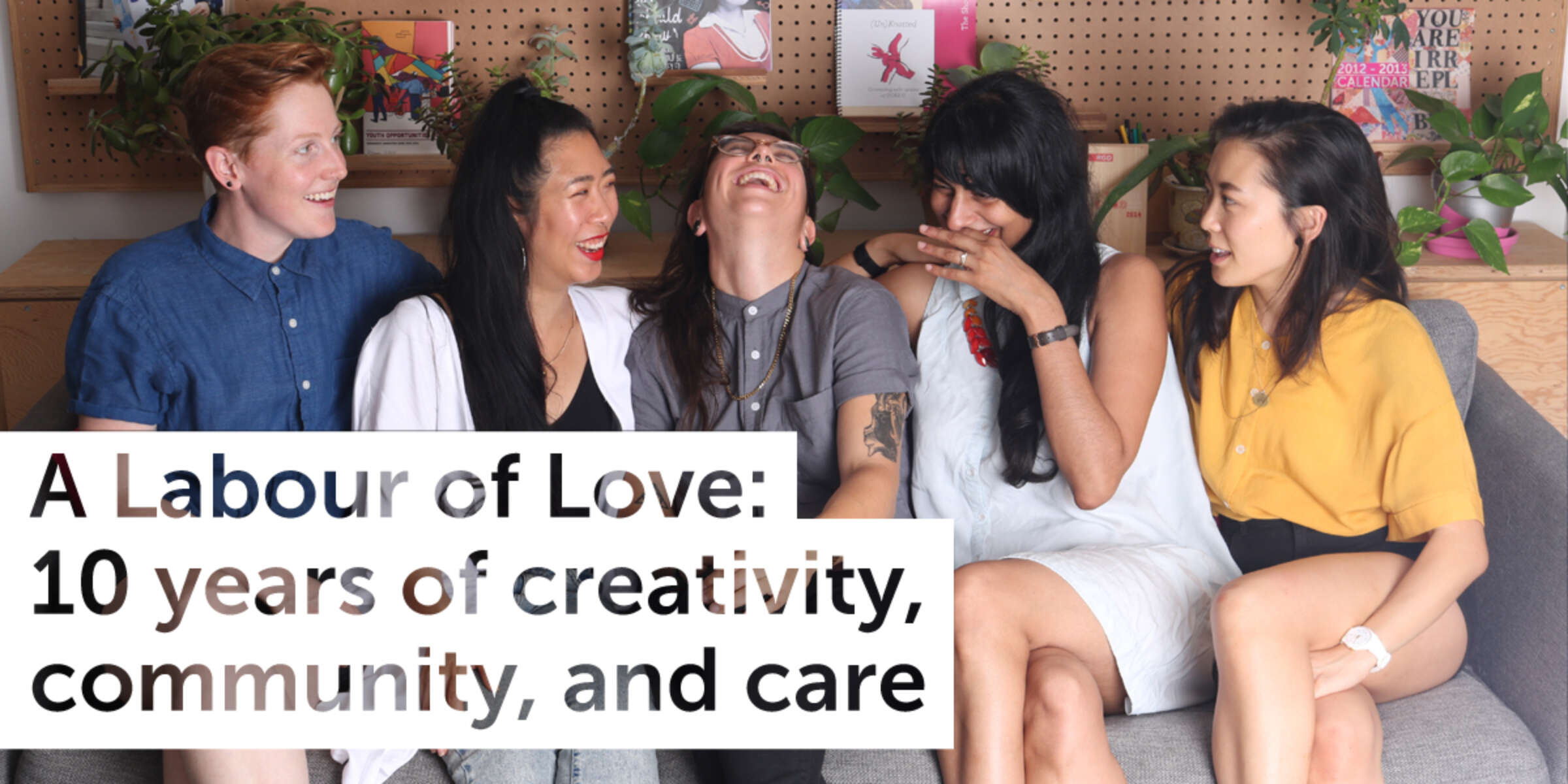
How do you want to change the world and how can we help?
Let’s Connect